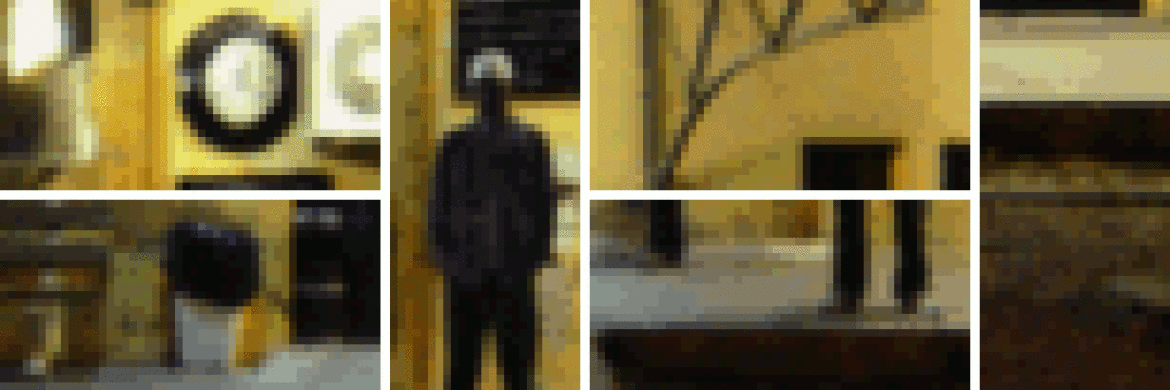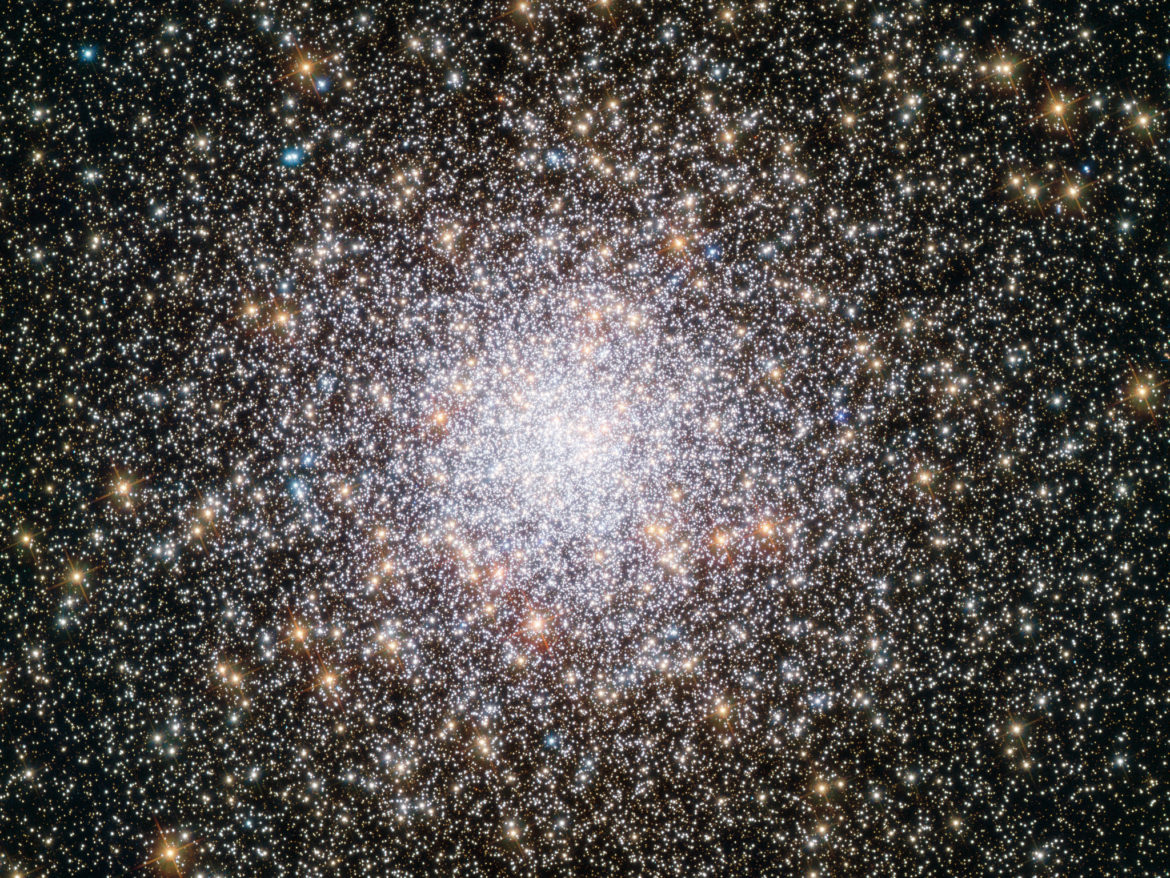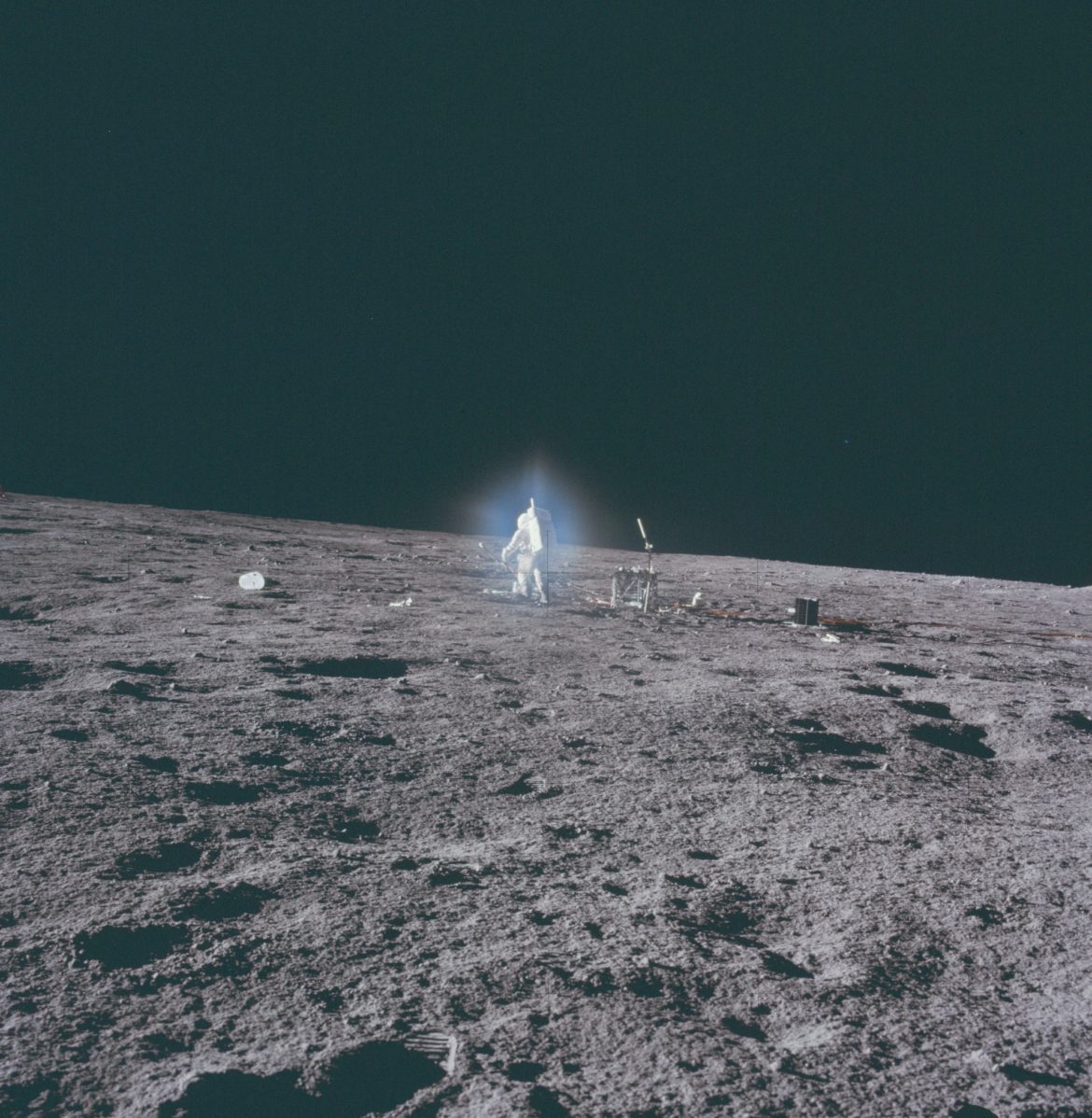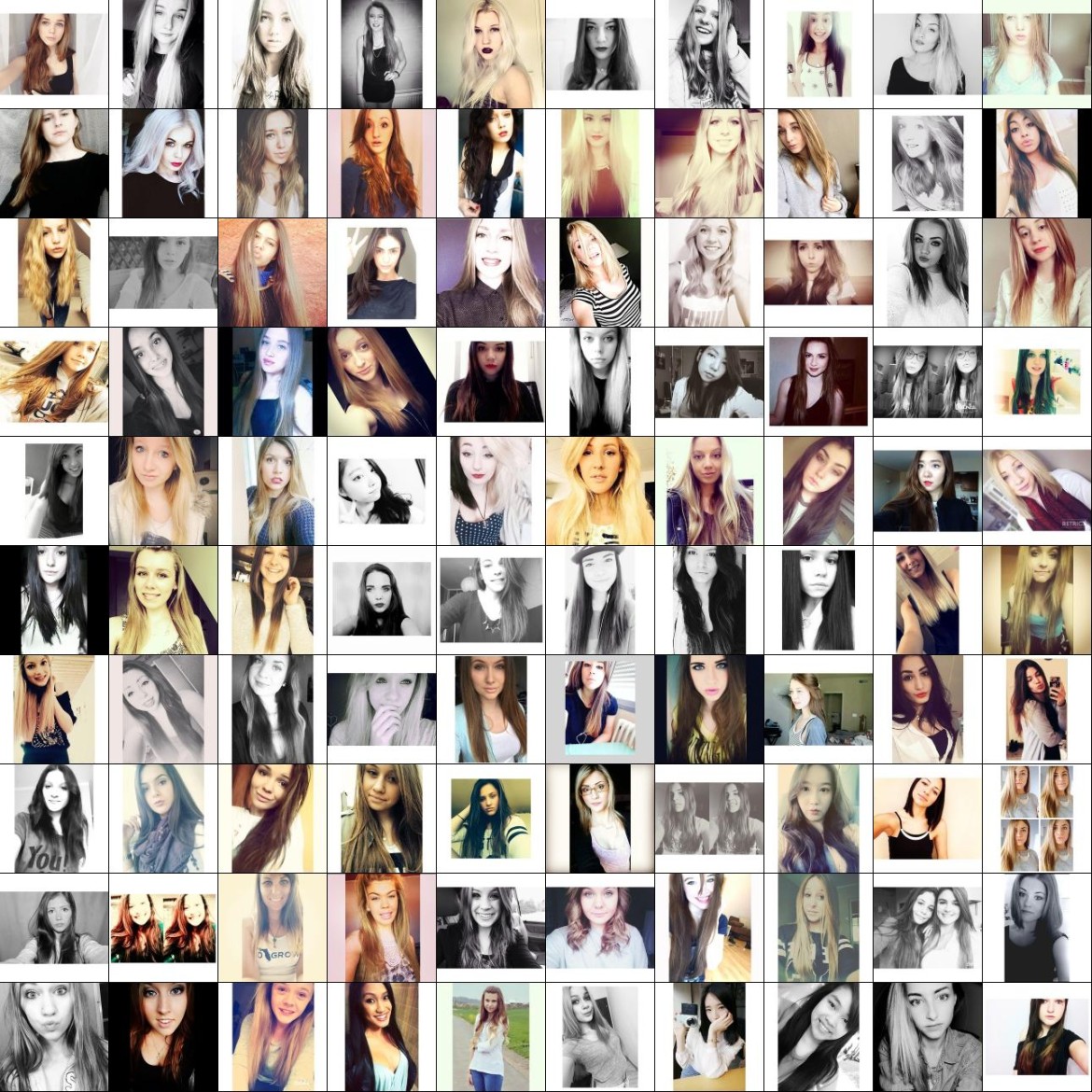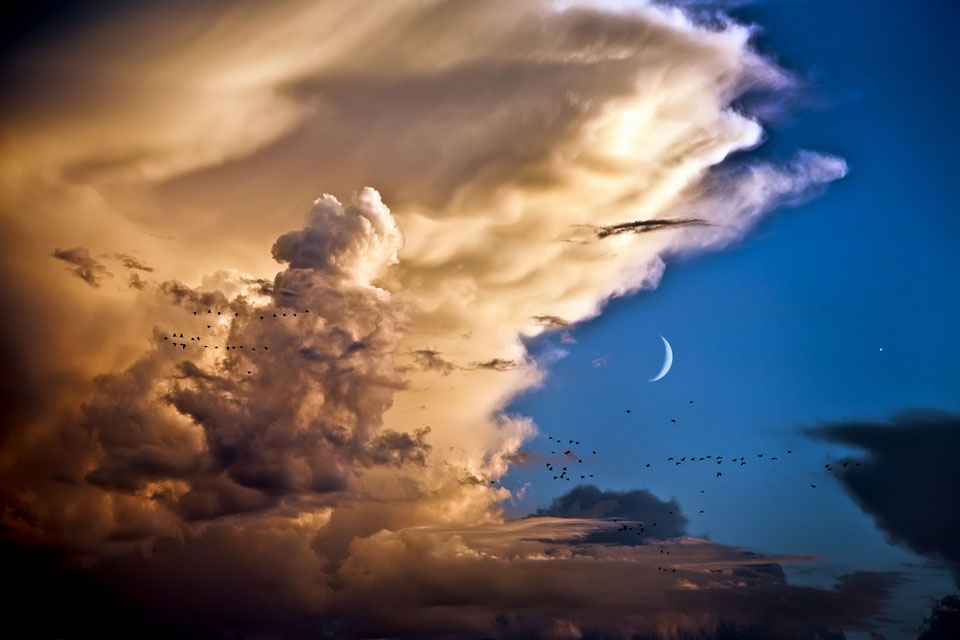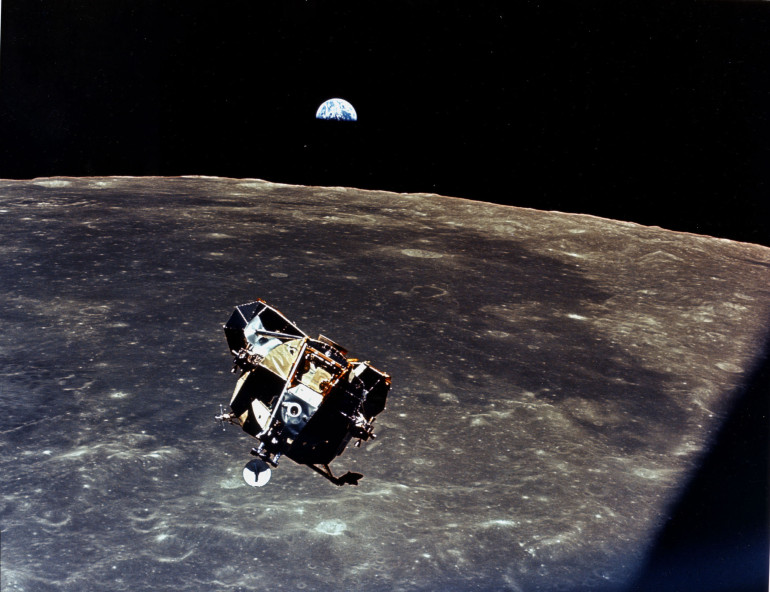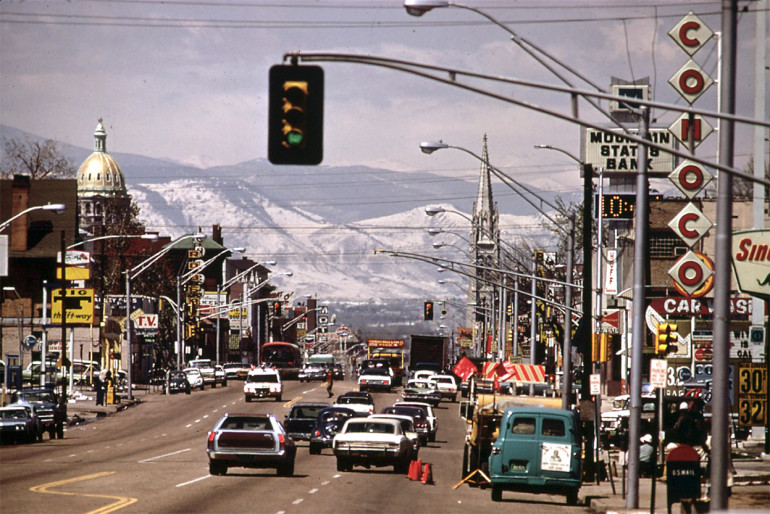Zoom In. Now… Enhance! (For Real, Kinda)
The Zoom And Enhance trope has long been the ultimate criminal identification solution and a staple for crime drama television. Its use on screen is often lauded as an example of how Hollywood doesn’t understand technology. The Enhance Button trope simply ignores that the blurry focus and big blocky pixels you get when you zoom in close on an image are the only information that the picture actually contains, and attempting to extract more detail from the image alone is essentially impossible.
However, as a proof of concept, Alex J. Champandard’s Neural Enhance coding project uses deep learning to enhance the details of images. As seen from the gifs above, if the neural networks are well trained, the enhancements are quite effective.
Thanks to deep learning and #NeuralEnhance, it’s now possible to train a neural network to zoom into your images at 2x or even 4x. You’ll get even better results by increasing the number of neurons or training with a dataset similar to your low-resolution image. The catch? The neural network is hallucinating details based on its training from example images. It’s not reconstructing your photo exactly as it would have been if it was HD. That’s only possible in Holywood — but using deep learning as “Creative AI†works and it’s just as cool!
Now let’s vector in and enlarge the z-axis.

